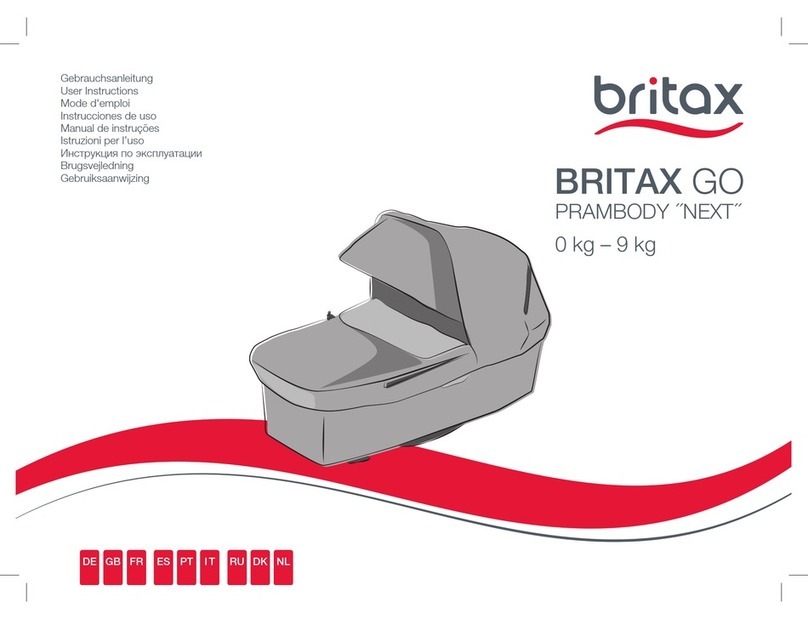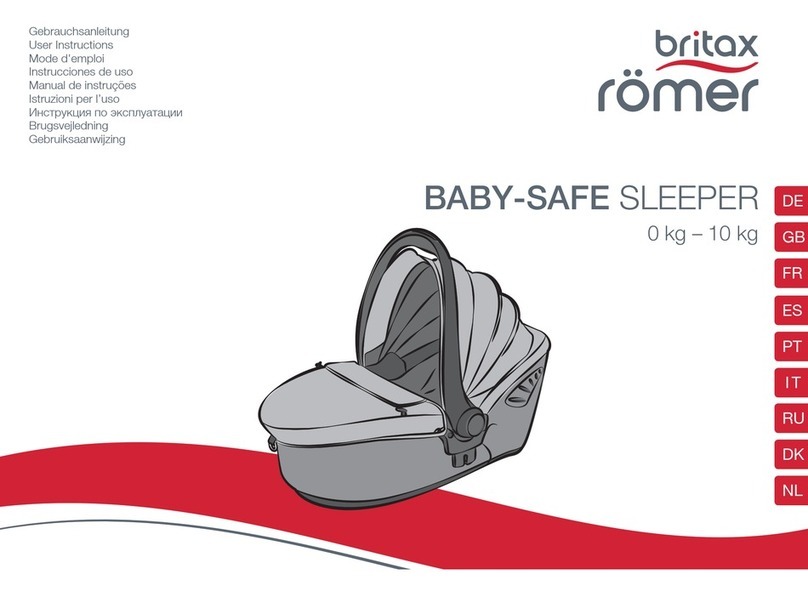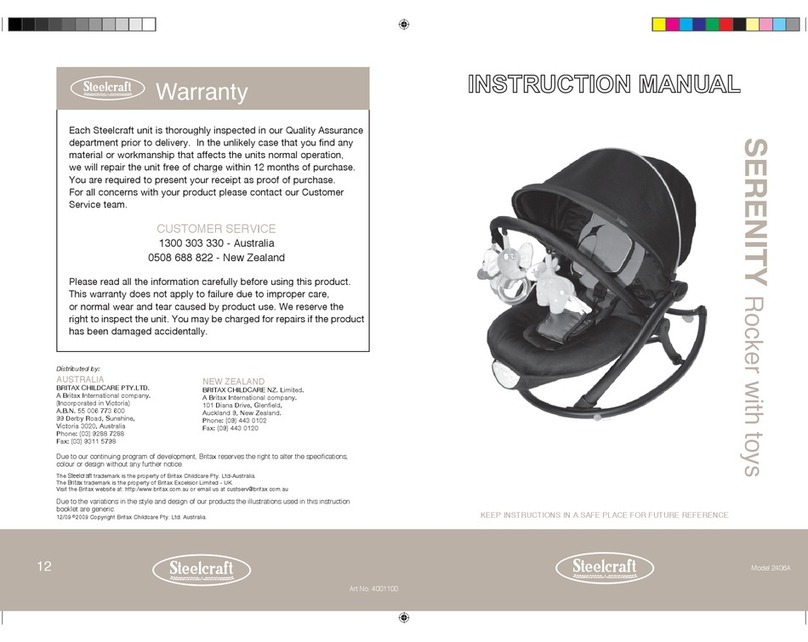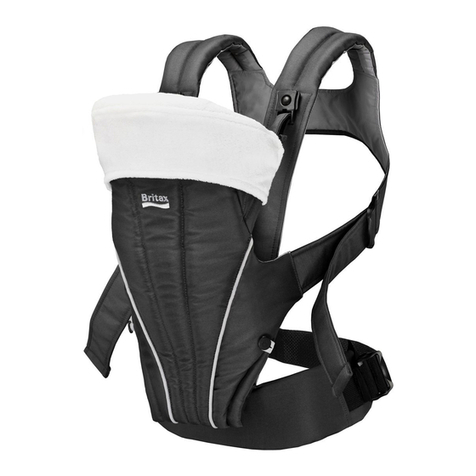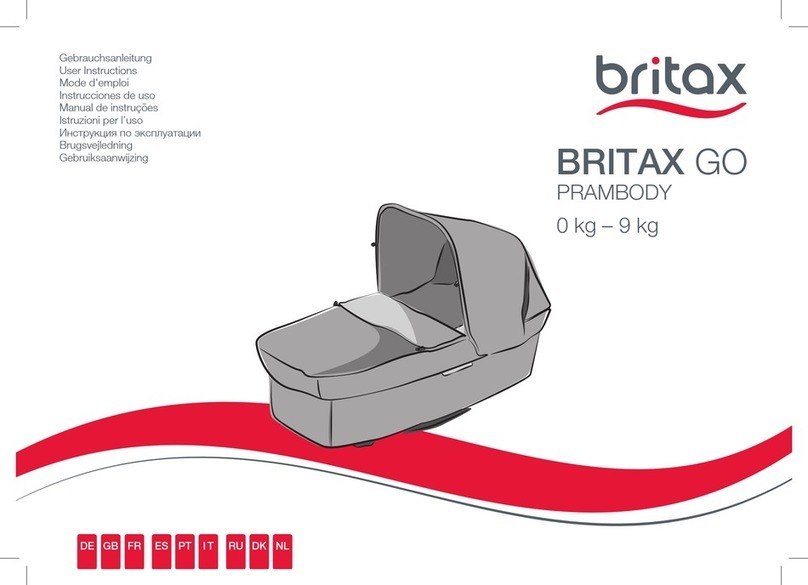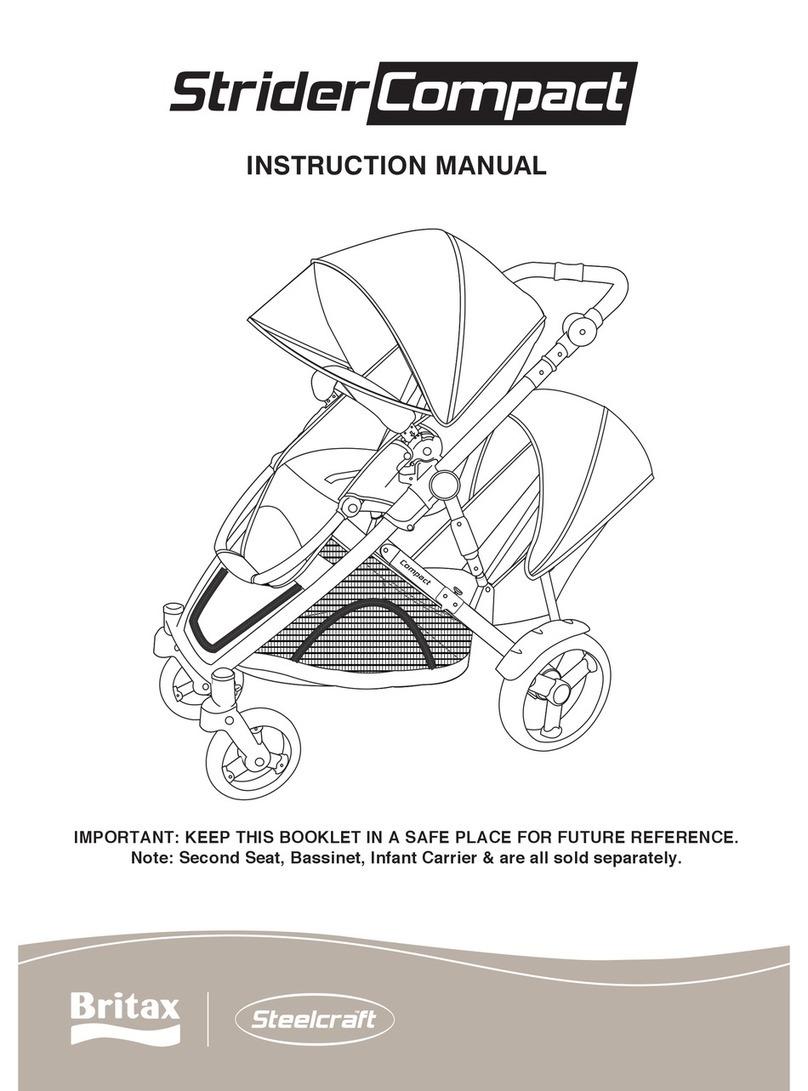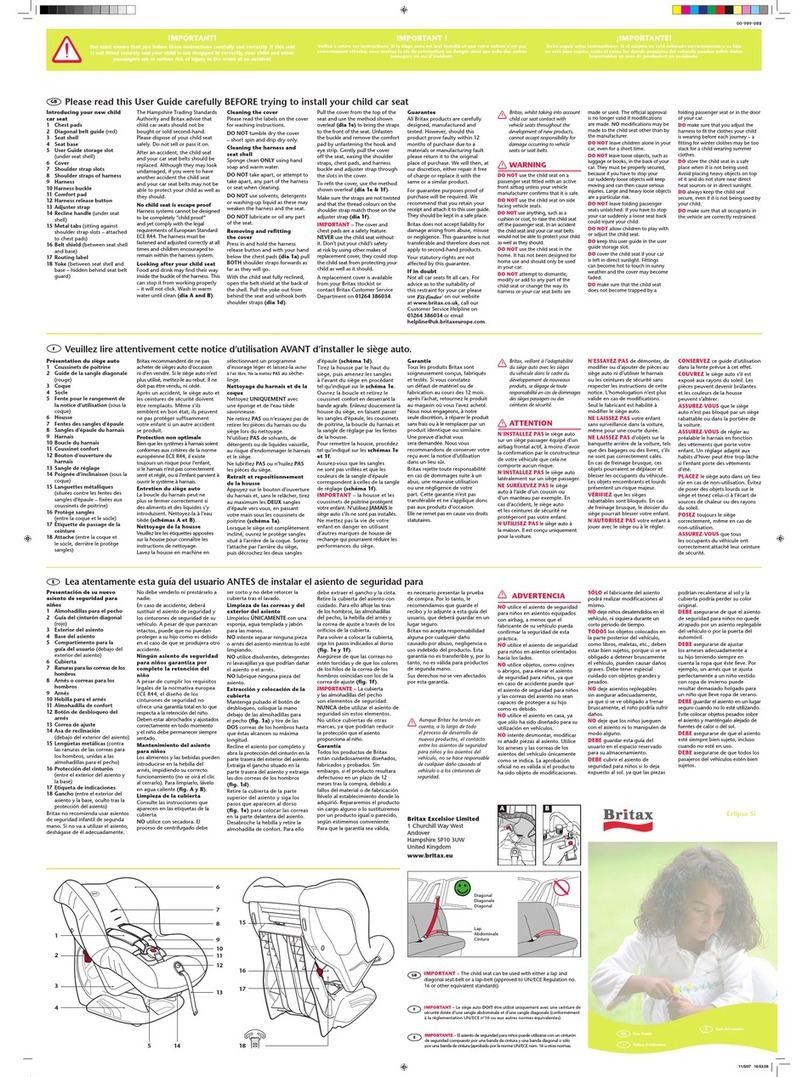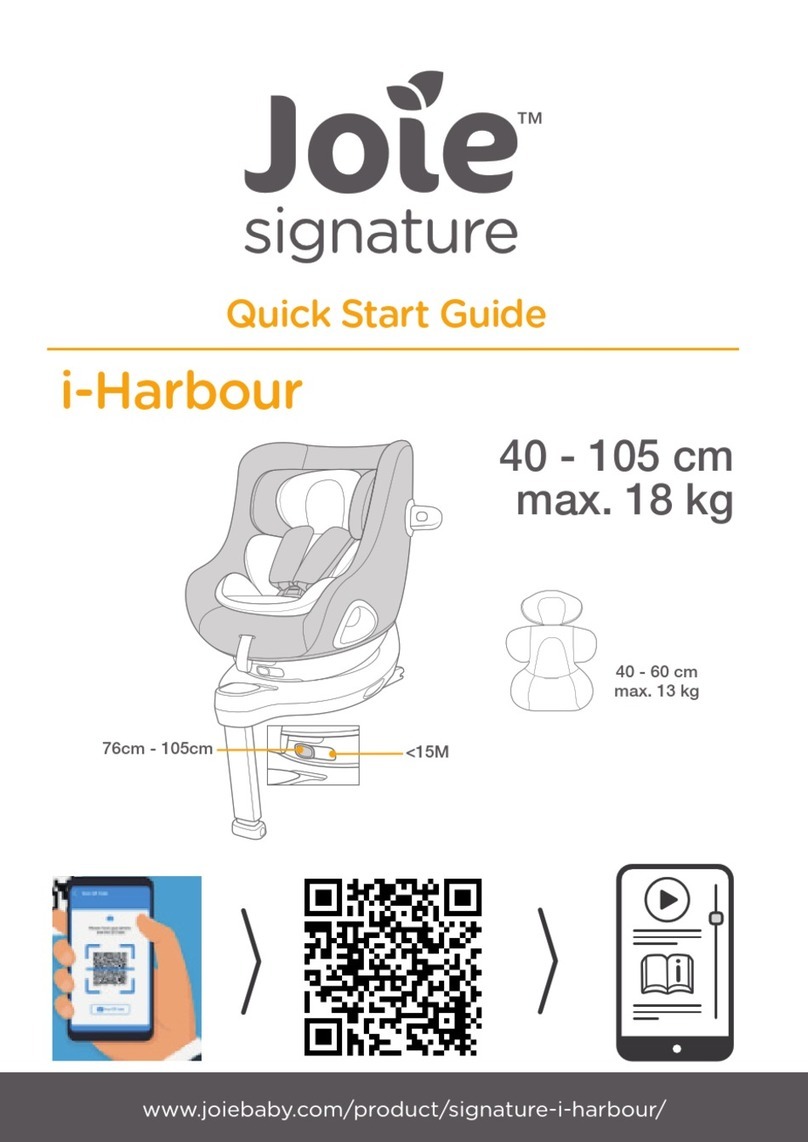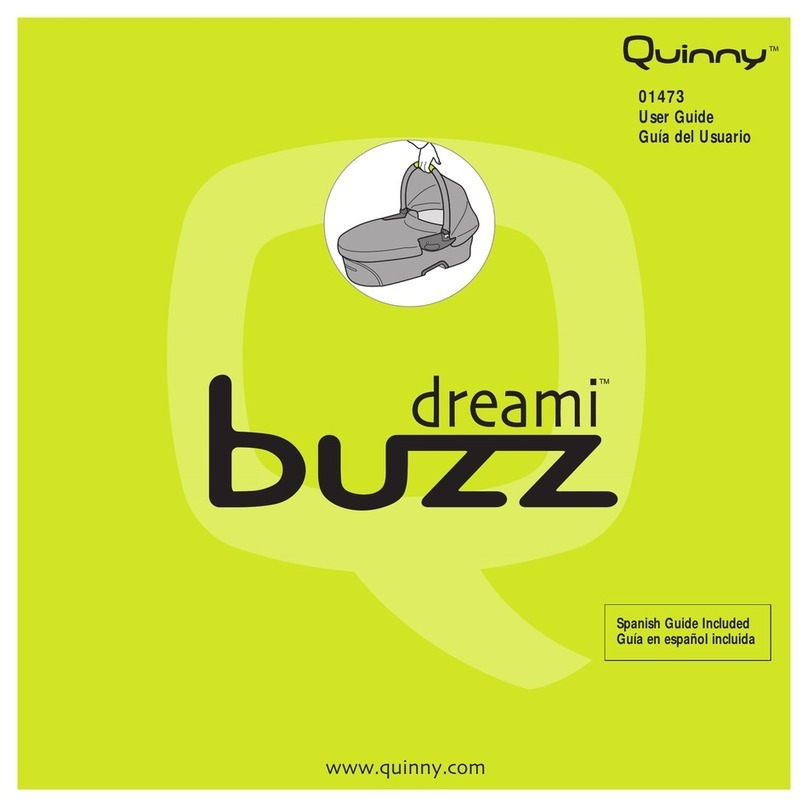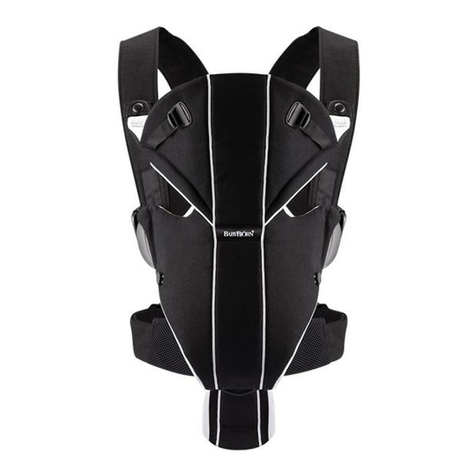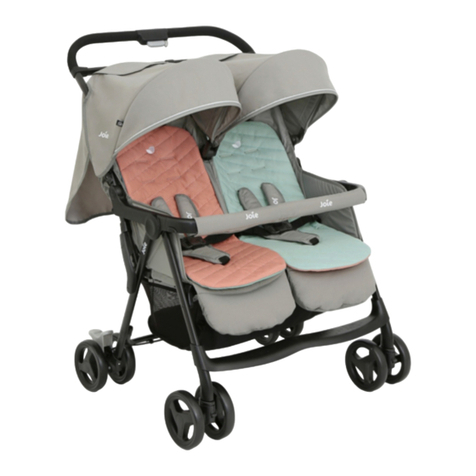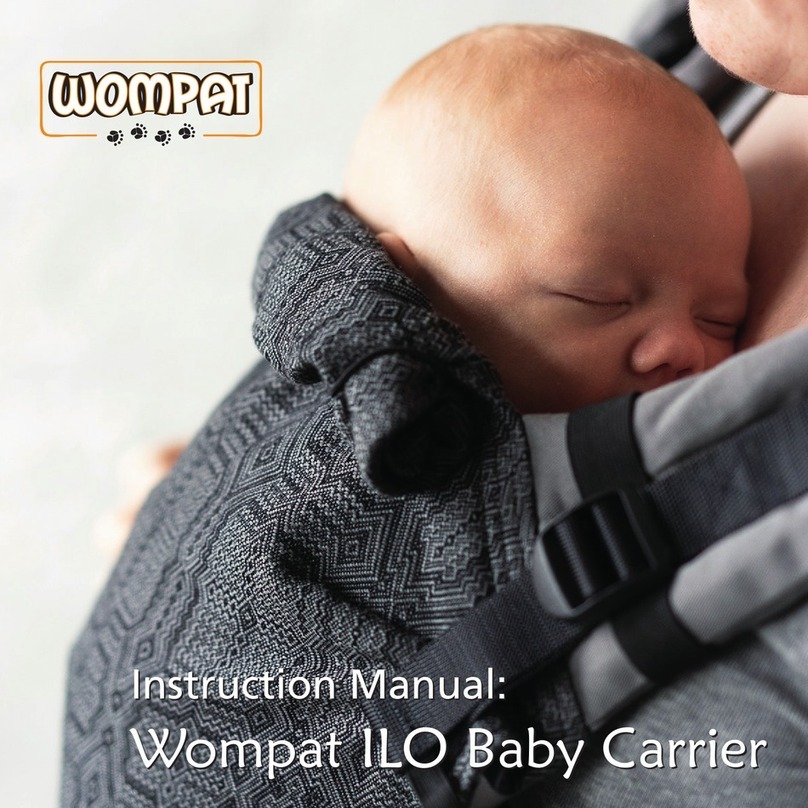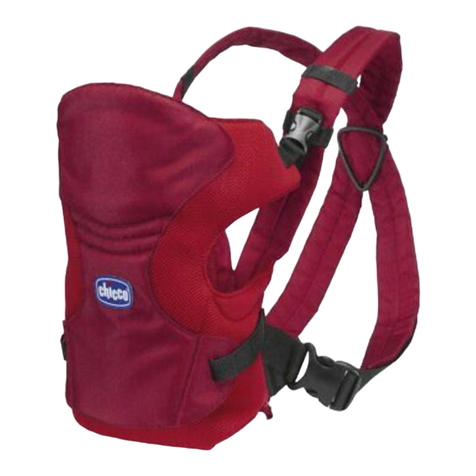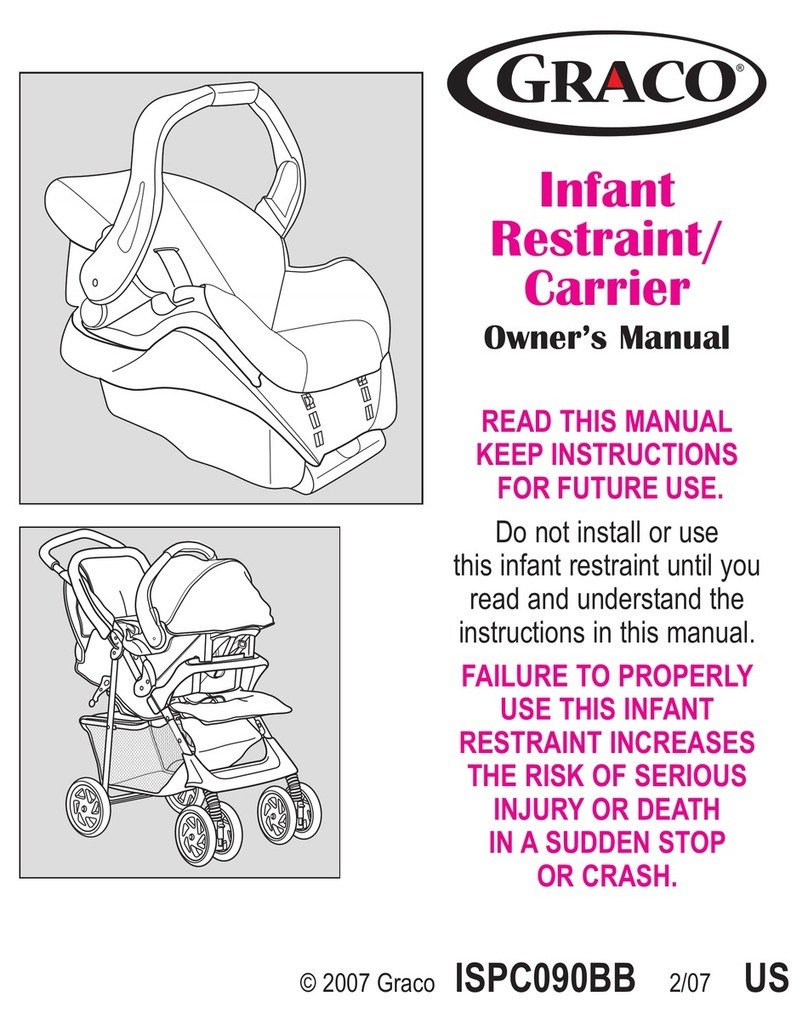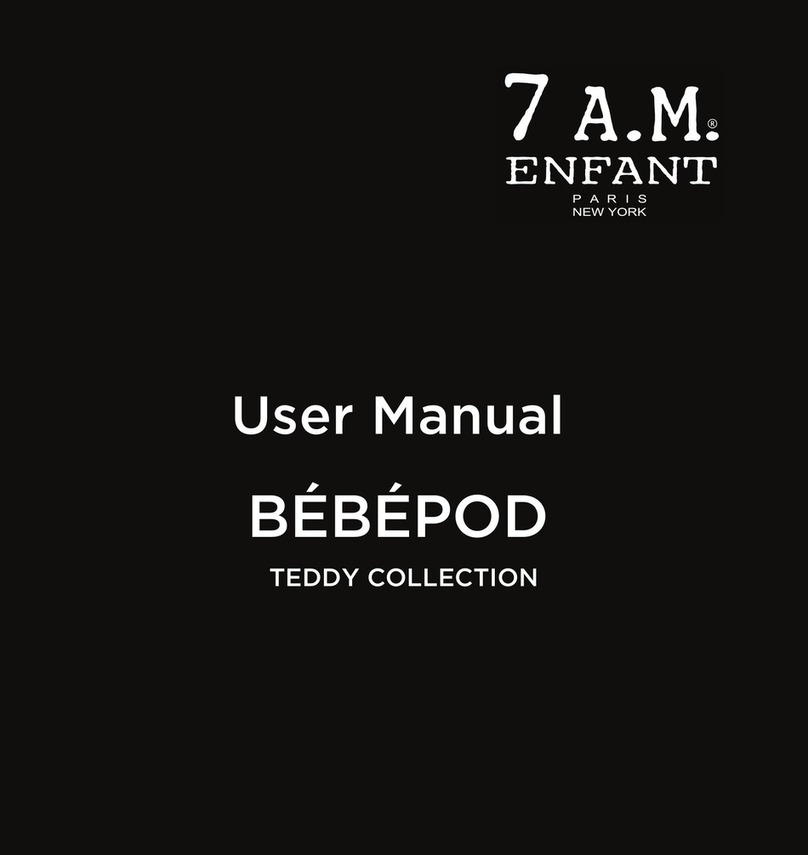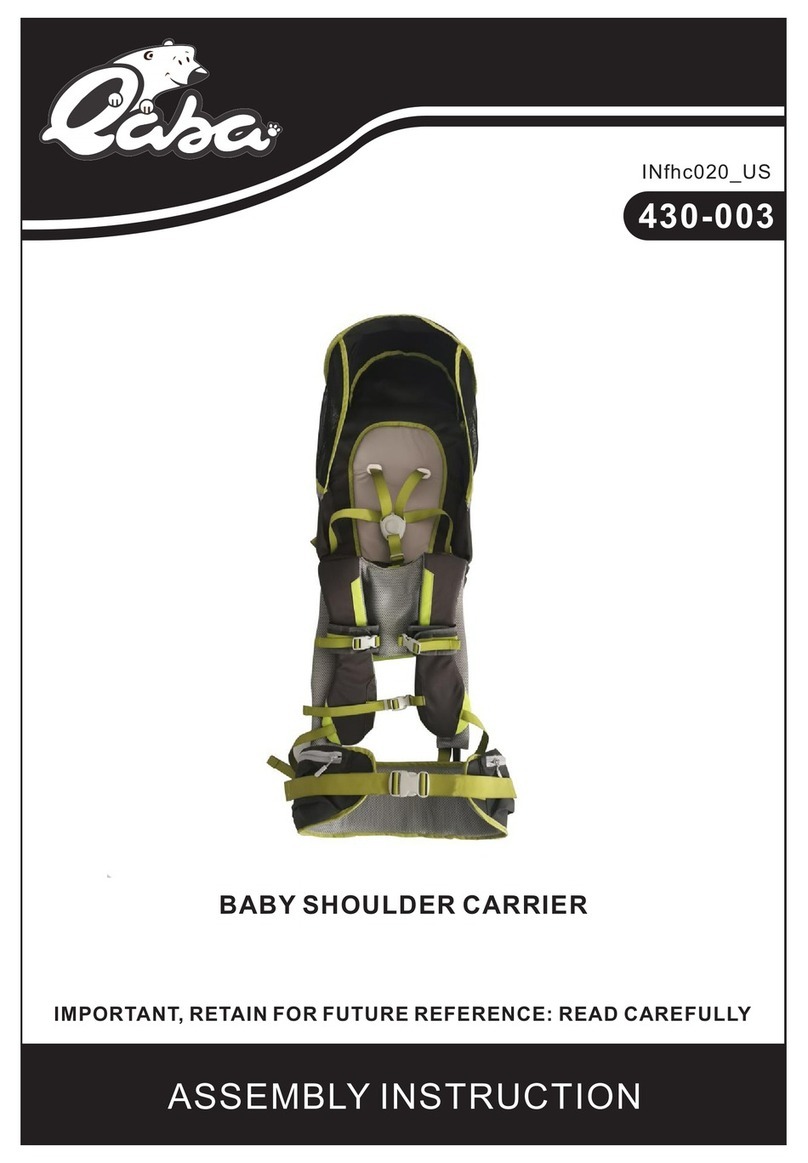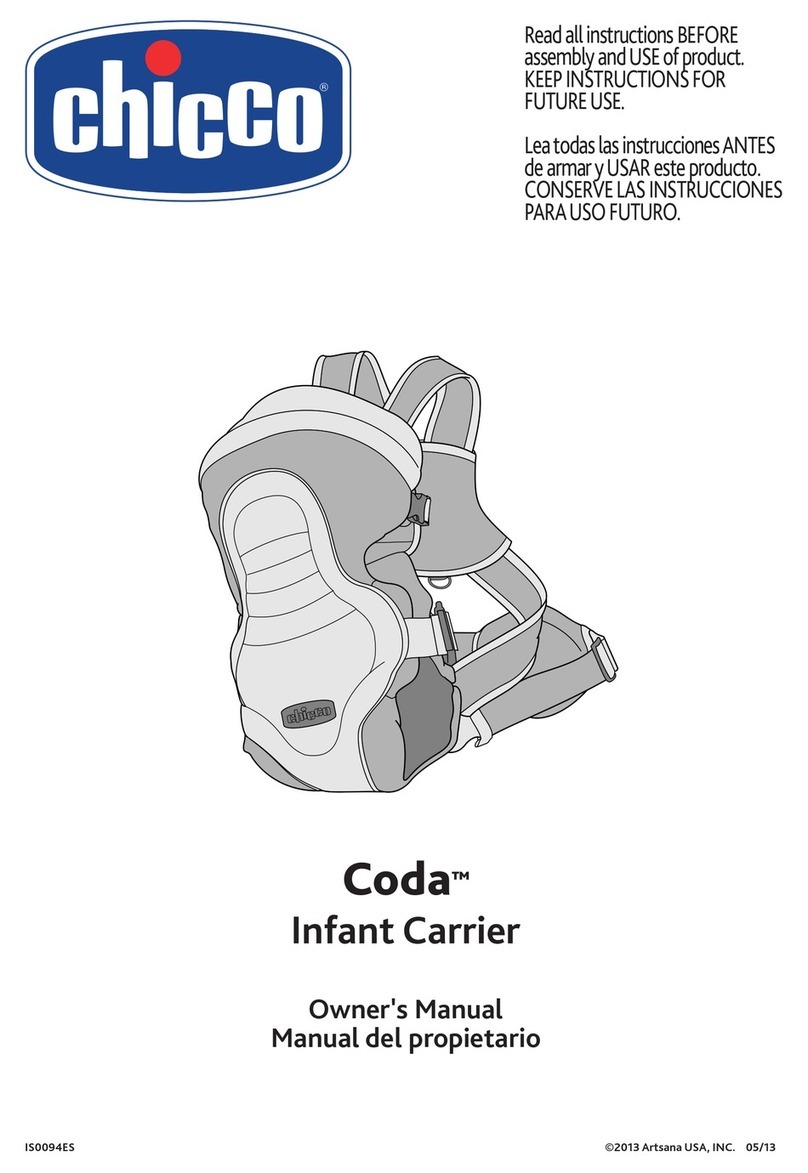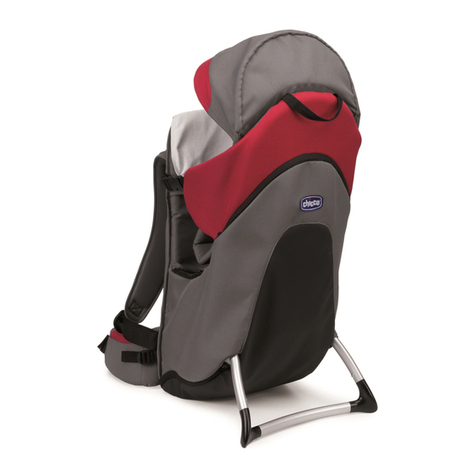Instructions for Installation & Use - Series No. 40/A/2013 Instructions for Installation & Use - Series No. 40/A/2013
67
INTRODUCTION INTRODUCTION
Suitable for low birth weight and premature infants without restrictive medical conditions.
To be used only in a rearward-facing position until the infant's shoulders reach the
shoulder height marker (approximately 12 months of age).
Continue to use this infant restraint until the child reaches this limit.
Infants are at risk of serious injury if they face forward too early.
Adatto per neonati prematuri o di basso peso di basso senza condizioni mediche
limitanti. Da utilizzare solo in posizione rivolta all'indietro fino a quando le spalle del
bambino raggiungono il marcatore di altezza (circa 12 mesi di età).
Continuare a utilizzare questo sistema di ritenuta per neonati fino a quando il
bambino raggiunge questo limite.
I neonati sono a rischio di lesioni gravi se messi in posizione frontale troppo presto.
مناسب لوزن الولادة المنخفض والرضع المبتسرين بدون شروط طبية تقييدية. يتم
استخدامه فقط في الوضعية المواجهة إلى الخلف حتى يصل كتفي الرضيع إلى علامة
ارتفاع الأكتاف (تقريبًا في عمر 12 شهر).
ااستمر في استخدام حاجز الرضع هذا لحين وصول الطفل إلى هذا الحدّ
يكون الرضّع في مخاطرة للتعرض إلى الإصابات الخطيرة إذا تم توجيههم إلى الأمام
بصورة مبكرة أكثر من اللازم.
Phù hợp với bé sơ sinh nhẹ cân và bé sanh thiếu tháng không có tình trạng sức
khỏe giới hạn. Chỉ được sử dụng ở vị trí hướng mặt về phía sau cho đến khi vai của
bé cao tới vạch ghi độ cao của vai (khoảng 12 tháng tuổi).
Hãy tiếp tục sử dụng ghế em bé này cho đến khi em cao tới giới hạn này.
Bé sơ sinh có nguy cơ bị chấn thương nghiêm trọng nếu hướng mặt về phía trước
quá sớm.
适用于没有严格医疗条件的低出生体重婴儿和早产儿。只采用后向式安
装,直到婴儿的肩膀达到肩高标记(大约12个月的宝宝)
在儿童达到该座椅上限以前必须不断使用这一婴儿汽车座椅。
婴儿过早乘坐前向式座椅则可能受到严重的伤害。
適用於無特殊醫療狀況、體重較輕的嬰兒以及早產嬰兒。僅可後向安裝使
用,直至嬰兒肩膀達到肩高標記(大約12個月大)。
孩子應一直采用後向式坐姿,直至其達到後向式坐姿的上限。
孩子若過早乘坐前向式汽車座椅,可能會對其造成嚴重的傷害。
Angkop para sa mabababa ang timbang nang ipinanganak at mga napaagang
ipinanganak na mga sanggol na walang naghihigpit na kondisyong medikal.
Gamitin lamang sa isang nakaharap sa likod na posisyon hanggang sa maabot ng
balikat ng sanggol ang marka ng taas ng balikat (humigit-kumulang 12 na buwang
edad).
Ipagpatuloy ang paggamit ng pampigil ng sanggol na ito hanggang sa maabot ng
bata ang limitasyong ito.
Ang mga sanggol ay nasa seryosong peligro ng pagkapinsala kung sila ay haharap
ng masyadong maaga.
,
( 12 )
Conveniente para infantes de bajo peso y prematuros sin afecciones médicas que
impongan restricciones. Debe utilizarse sólo orientado hacia adelante hasta que
los hombros del niño alcancen el marcador de altura (aproximadamente a los 12
meses de edad).
Utilice este sistema de seguridad infantil hasta que el niño alcance ese límite.
El niño corre el riesgo de sufrir lesiones graves si se utiliza la silla orientada hacia
adelante antes de tiempo.
Κατάλληλο για βρέφη με χαμηλό βάρος κατά τον τοκετό και πρόωρα βρέφη χωρίς
περιοριστικές ιατρικές παθήσεις. Να χρησιμοποιείται μόνο σε θέση στραμμένο
προς τα πίσω μέχρι οι ώμοι του βρέφους να φτάνουν στο δείκτη ύψους ώμου
(περίπου 12 μηνών).
Συνεχίστε να χρησιμοποιείτε αυτό το σύστημα συγκράτησης νηπίων μέχρι το παιδί
να φτάσει σε αυτό το όριο.
Τα βρέφη κινδυνεύουν με σοβαρό τραυματισμό αν κοιτάζουν προς τα εμπρός
πολύ νωρίς.
